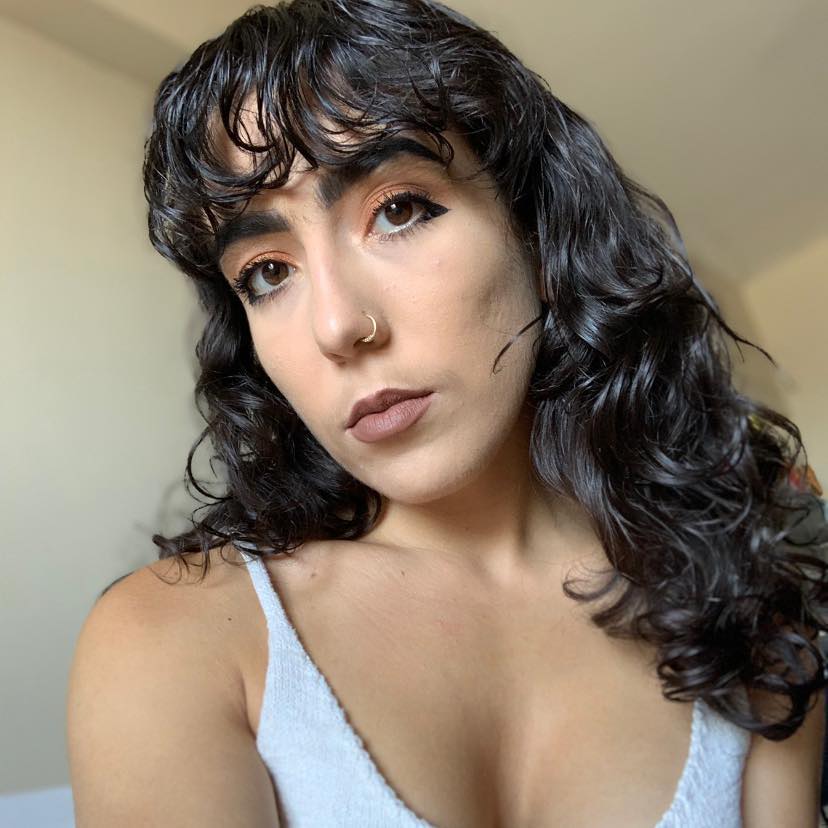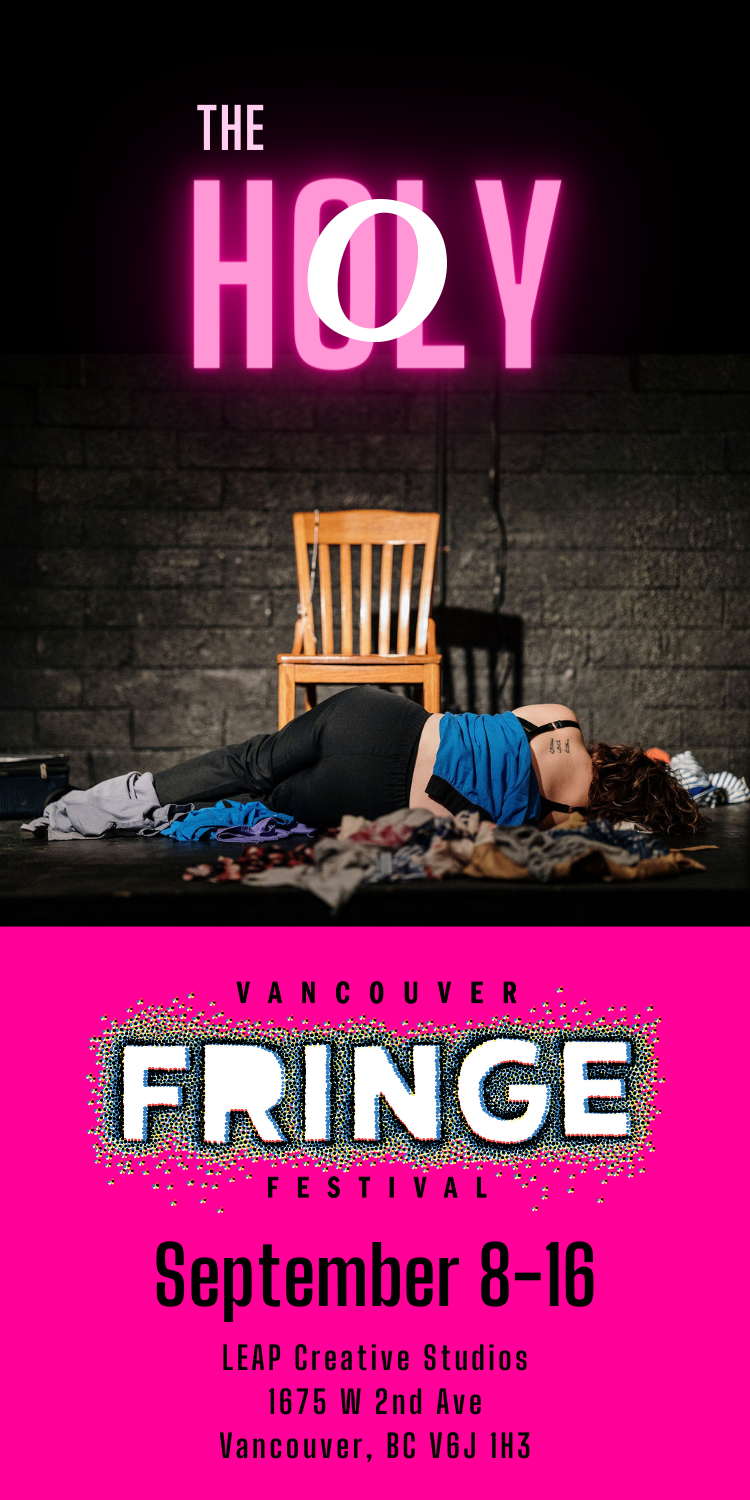Shelda Kastor moved to the Downtown Eastside after being priced out of the West End and “hit rock bottom” there — but she also found a community for the first time.
As an Indigenous woman and an Indigenous rights activist who has been busy in harm reduction for years, Kastor understands the importance of considering women in provincial initiatives on harm reduction.
She started working at WISH Centre Drop-In Society doing outreach, where she helps women in Vancouver’s street-based sex trade, and she’s still working there today. She also supervises at depots and injection sites and attends meetings for various grassroots organizations that serve people living in the DTES.
“It all started with the women and sex workers,” she says, adding her work gave her a purpose in life.
The importance of safe spaces like WISH can’t be overstated, says Kastor. But notably, she doesn’t think women are necessarily overrepresented among harm reduction leaders and substance users. Instead, they’re a part of the movement that often doesn’t receive the credit it deserves, she says.
A majority of the people she works with are cis men, she adds.
“For some reason, we can’t get women out there. We’ve had women’s groups, but I don’t know what it is. You just can’t get them out, and the women’s group we have at VANDU [Women in New Directions] is always the same people,” she says.
“And of all the groups VANDU has, more than 75 per cent are all males. I don’t know if the women are hiding, but it’s really hard.”
Women might be intimidated to enter harm reduction as a male-dominated scene, she adds. More likely, she says, it’s burnout, trauma, and tragedy that keep them away.
Many of the women she’s worked with over the years have died. Even as Kastor was going through her own crisis — losing her son and her best friend — she kept working.
“Do you have any idea how hard it is to keep on working when your friends are dying?” she asks. “These are our friends, our neighbours, our community.”
She hopes more women will get involved in harm reduction over the coming years. As it is, it can get lonely for her, and the burnout is intense.
Makeda Martin, an activist in the DTES and head of Mama Bear’s Kitchen near Chinatown, understands that pressure. She often shows up to the scene of an overdose before the ambulance or fire department does, seeing death and suffering firsthand. That weighs on you, and can be enough to keep some people out, she says.
She has Black and Indigenous ancestry and has been involved in community work her whole life. In a neighbourhood where people overdose regularly, her presence can be life-saving.
Martin says the DTES is in urgent need of decriminalization of illicit substances, safe drug supply, and more outreach workers to help people face-to-face there.
“When you’re impoverished and homeless and feeling abuse and there’s a housing crisis, going to a shelter where you’re often victimized further [and have] to deal with other people’s issues, getting kicked out, losing your ID — it just seems to them quite often that there’s no end in sight, and the only thing that doesn’t seem to let them down is their drug of choice,” she says.
“It’s a really hard cycle to see when quite often those who have criminal records, their chance of getting a job or housing is affected by that.”
Sending qualified street teams could give women who use drugs a way out of that cycle. And within that demographic, mothers need to be considered too — especially Indigenous mothers who have had their children taken from them by the Ministry of Children and Family Development.
The overdose epidemic takes hundreds of lives across B.C. every year, with more people dying from a poisoned drug supply every day. It has only gotten more difficult to survive as a person who uses drugs in 2021, considering the pandemic and housing crisis on top of work scarcity, and the work of leaders in the community has been invaluable.
A report released by the province called Stopping the Harm explains that incarcerating women with addictions or who sell drugs to survive negatively impacts their families and children in a much greater way than incarcerated men.
“Women who rely on sex work or low-level drug dealing to survive are often subject to criminal sanctions that are just as harsh as those who engage in these activities who do not need to do so to survive. Because the criminal justice system is largely set up to serve males, it often does not consider the specific health and safety needs of women,” it reads.
And Girls, Women, and Substance Use by the British Columbia Centre of Excellence for Women’s Health and the Canadian Centre on Substance Abuse says there’s a clear need to understand the differences in substance use between males and females, as well as among diverse groups of women and girls.
The government could start by updating its policies on harm reduction, child welfare, mental and reproductive health, corrections, and perinatal services to be more informed and empathetic towards women who use drugs, the report says.
People like Kastor, Martin, Meaghan Thumath, Hawkfeather Peterson, Jackie Dives, and Sarah Blyth are on the front lines in B.C. They help people stay safe however they can, often working in places where the epidemic is most visible, like Vancouver’s Downtown Eastside.
Peterson is the president of the Association of Drug War Survivors, an outreach worker at Vancouver Coastal Health, and an all-around harm reduction advocate.
Dives is a photographer and photojournalist who lost her father to an overdose and continued to process his death through her work.
Blyth is the executive director of the Overdose Prevention Society, an organization dedicated to helping keep people in the Downtown Eastside who use substances safe.
Thumath, who is the Regional Director of Communicable Diseases for Vancouver Coastal Health, was inspired to work more closely in harm reduction and drug policy after getting a job at a needle exchange as a young mother.
Thumath’s first job at a needle exchange led her to become a coordinator at the BC Centre of Disease Control and, later, Sheway, a harm reduction organization for pregnant women who use drugs. Now she’s a clinical assistant professor at UBC, an IPC officer for the World Health Emergencies Programme, and the holder of a DPhil in Social Intervention from Oxford, among other titles.
She says there are more leaders who are women and gender non-conforming than there used to be, though the numbers are still comparably low.
“In the beginning, men’s leadership was more visible, maybe because it felt safer,” she says.
“But it’s not that the men were doing more work. It’s that the women were hiding.”
Women’s drug use is often hidden because they face a double stigma, especially if they have children or are pregnant, says Thumath. Fewer women die of overdoses in B.C. according to StatsCan — representing 20 per cent of fatal overdoses from 2011 to 2021 — but they still need support to stay safe, particularly during the drug poisoning crisis.
“We’ve learned over the years it’s really important to set up women-only spaces that have daycare, that have resources for women who use drugs,” she says.
Blyth, who lived in shelters and social housing before starting her career in harm reduction, agrees with that approach wholeheartedly. Before she started working with OPS, she was the executive director of the Downtown Eastside Market and a commissioner of the Vancouver Parks Board.
She sees safe supply as the top solution to reducing the number of overdoses in the province.
“A lot of women are doing this work, and I think it has to do with sympathizing with the loss of people overrepresented and dying by large numbers, which is equally connected to losing their sons and their daughters,” she says.
Dives agrees that women who have lost their children are stepping up onto the frontlines.
“We’re losing a generation of men,” she says, through tears. “And the numbers are not enough. You need to see the faces of these mothers and siblings and daughters. Mothers are losing their families, so they’re doing what they can.”
The effect of child apprehension
It’s crucial to acknowledge how the apprehension of children through the Ministry of Children and Family Development has impacted many of the women in the drug use and harm reduction community, Thumath says.
Martin, also a parent, sees how Black and Indigenous women are impacted by having their children apprehended by the government. It would help to start by opening up a dialogue about family reunification, particularly for BIPOC mothers, she says.
Otherwise, she adds, “the intergenerational trauma keeps stockpiling.”
“Native cultures are very family-oriented, and when the kids get taken away, the parents feel like they’ve failed and the kids feel like their parents have failed and they don’t want them anymore. It’s not that. It’s just the government sticking their nose where it doesn’t belong,” says Kastor.
“And it’s so hard because once a kid is taken away they say you can get them back, but to get them back it’s just unreal all the hoops you have to jump through.”
Mothers who use drugs could benefit from more community meet-ups for others like them and connections with others who are willing to mentor them, among other solutions, suggests Martin. Increasing the province’s minimum wage would also give people a way to get back on their feet, especially in a city like Vancouver, which has one of the highest prices of living in the country.
From her perspective, those initiatives are about “finding ways to empower these women beyond the label of addict or victim so they know there is hope.” Street teams could also help keep them safe, she hopes, to target the predators who regularly lurk around the neighbourhood “because they know there are women who are in a compromised position.”
In her thesis, Thumath found that women who had their children taken from them were four times more likely to die than women who hadn’t. This is just one example of how important it is to consider the intersection of women who use drugs, women who are marginalized, and Indigenous mothers in this crisis when considering solutions, she says.
Providing more accessible overdose prevention sites, addiction treatment, needle exchanges, and sex worker drop-ins could help. Safe and equitable housing policies can also help people get back to living a life they love, even if that doesn’t mean abstaining from drugs, says Thumath.
“People who are struggling from homelessness and substance use disorder, usually it’s trauma that’s untreated and not having access to safe, dignified housing,” she says. “You might take stimulants at night to keep yourself awake at night and keep yourself safe, or you might take opioids for pain management for a health disorder.”
Peterson is one of the many people who got into harm reduction after losing a loved one to an overdose.
“Before that, I wasn’t very open about the fact that I’m a substance user mostly because I’m a parent and that’s just a massive risk of disclosure, but after we lost this person I sort of realized that was a form of entitlement that’s deadly right now — to have the means to speak out and advocate and not do it,” they say.
Parents who use drugs are often left out of the conversation even though they need unique support to keep their kids and themselves safe and healthy, says Peterson. Indigenous parents have their children apprehended at higher rates, putting them at even greater risk of crisis and overdose.
“You meet very few people on the frontlines who haven’t had their kids stolen, and that’s a trauma that I don’t think people heal from,” they say.
“Having your kids stolen puts you into crisis, and there’s very little acknowledgement that this plus crisis equals death, right? We’re already in an overdose crisis. People are already traumatized by living as drug users in a drug war.”
Apprehension of Indigenous children is part of Canada’s violent colonization efforts, which have long included taking babies and putting them in the care of the government. This goes back hundreds of years to the creation of the first residential school, although there’s very little dialogue on how to address these elements that increase the risk of overdose for Indigenous mothers in particular.
Leader-backed solutions
The solutions Thumath sees are all part of taking a public health approach to drug use rather than a criminal one. That means basing solutions on strategies that support the health of individuals, families, and communities.
One notable success from using this approach is, famously, Portugal. There, possessing under a specified amount of any drug is legal, and those who break those rules twice in six months are referred to a “dissuasion commission” of healthcare workers who decide whether to issue a fine, refer treatment, or take no further action.
Since changing their approach to be more human and health-focused, they have seen an 85 per cent decrease in HIV transmission and an 18 per cent reduction in social costs, such as indirect health costs due to fewer deaths and costs associated with criminal proceedings. Crime, injury, and death all went down.
Harm reduction spaces are often the only place drug users have to go for safe substances, naloxone kits, and other potentially life-saving services. Peterson wants to see safe supply and decriminalization across the country.
As a trans person, they also want to include more trans, gender creative, and gender diverse drug users in dialogues about the overdose crisis.
“The data didn’t even include anyone but male or female people that have been dying, and I know so many people that are non-binary that have been stolen by the crisis, and they weren’t being acknowledged in their lives for who they were,” they say.
“Of course people that face greater risk and marginalization rely on harm reduction, but there aren’t enough people in leadership positions that are actually LGBTQ doing this work.”
Dives had been a photographer for years, often covering the overdose crisis, before her dad died. But his loss brought a new perspective and dimension to her work. In time, she started capturing double exposures that reminded her of him and single images of others who lost family the same way.
“My photography through that process really helped me feel seen, so I wanted to see if it could be helpful for others to feel seen in this weird experience, but then there’s the advocacy side where you hope the portraits will show how deeply this is impacting the community,” she says.
“We all hear statistics of 7,000 people dying in British Columbia from overdose in the last five years, which sounds like a big number, but it’s easy to not know what that actually looks like, that these are actually people and families losing someone.”
Next, she wants to spend more time doing documentary work and spending time with her subjects as they go through their everyday lives. She also wants to photograph funerals or celebrations of life to show the impact of the overdose crisis on families. Dives encourage anyone willing to be photographed to reach out to her.
Governments at all levels can start making harm reduction more inclusive and effective for everyone in B.C., including women, by taking substance users seriously and implementing the solutions leaders like Kastor put forward.
“My time and my knowledge and my expertise is valuable,” she continues. “We are the experts. We know what’s needed down here. We know what happens down here.”
Martin says it’s time for the government to act. The DTES needs harm reduction — not only for women but for everyone who uses drugs and lives on the street there.
“The noise is hard to deal with, and the cost takes away from other programs. If we could handle the pollution better or the housing, all sorts of things would go down: The petty thefts, the rapes, the physical attacks, and it’s crazy how many people get beat up when they’re in mental crisis,” she says.
“If it weren’t for organizations like WAHRS and VANDU, a lot of these people would be dead.”
Her greatest hope for the future lies in the promise of democracy. Electing officials who care enough to put harm reduction first in the province can make a change, she says.
“People have to realize that in our democracy, the government is the voice of the people, and the only way we can change is to make sure that we hold them accountable to what they promised during the election,” she says. “Let your voice be heard every day. Bang your drum.”




